Bontrager Starvos cycling shoes review
The Starvos shoes come in a penny under £100 - they're good, but there are better value options out there
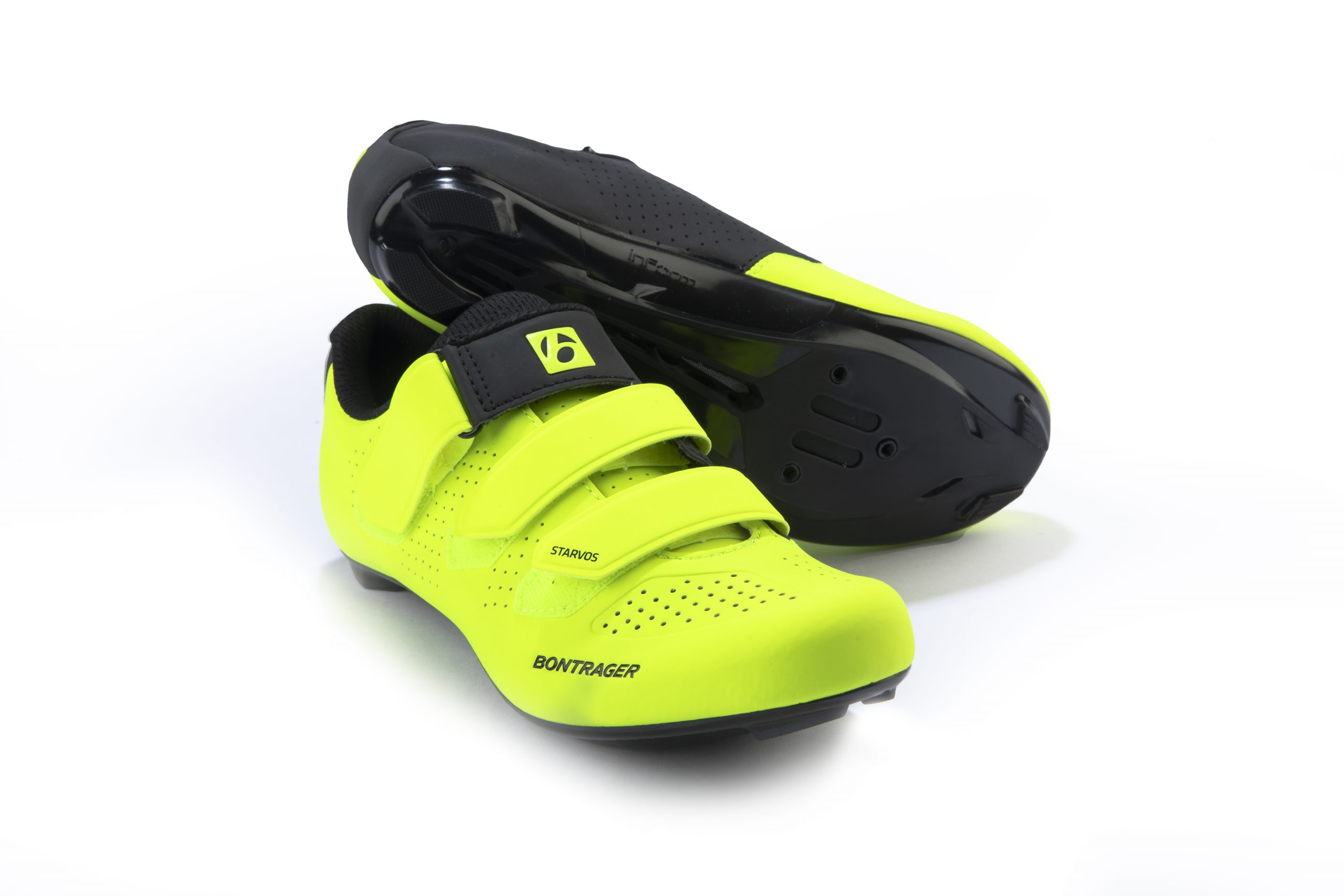
Bontrager's offering is a sure bet if you're looking for a shoe that's stiff enough to offer good power transfer without sacrificing comfort. If you're keen on a relaxed, wide fit, these may suit - though we found them a bit too wide. Value wise, they're in line with some big players, but there's better out there.
-
+
Sole stiff enough outside of racing
-
+
Robust upper
-
+
Ventilation
-
-
Wider than expected
-
-
Better value available elsewhere
-
-
No cleat markings
You can trust Cycling Weekly.

Available in black, or as per our test pair, very high viz yellow, Bontrager's Starvos cycling shoes come in at a penny under £100 and aim to offer a comfortable platform for a three-bolt cleat.
Bontrager Starvos cycling shoes: construction
Like many brands, Bontrager has made its entry-level shoes slightly roomier than the fit available at the top end. This is intentional and it calls this 'inForm Race'. The idea is that the customer purchasing these shoes will want a firm hold but not a shoe that clinches down on the foot ready for sprints; comfort is the aim of the game here.
The sole is a Nylon composite, made from 85 per cent Nylon and 15 per cent fibre. Bontrager's 'PowerTruss' sole aims to increase stiffness whilst keeping weight low via a design that largely resembles a suspension bridge.
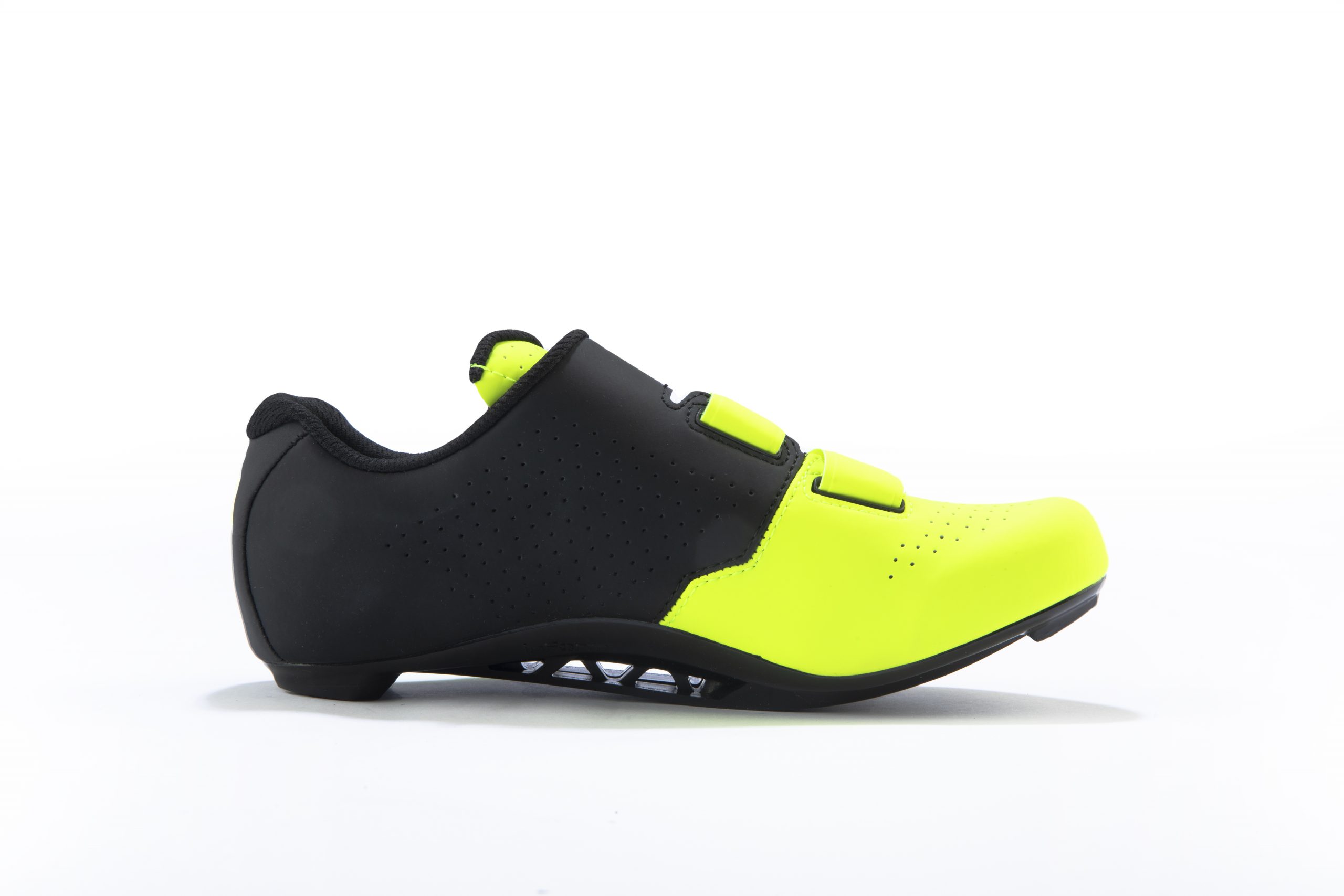
On the brand's own stiffness scale, the sole comes in at 7/14. Each brand has its own scale, so no two scales can be compared, but it does tell us that we can expect these to be half as stiff as the range toppers from the US brand. These shoes are made for riders seeking comfortable miles without too much vibration or creation of hot spots. Comparing them to the Giro Stylus and Shimano RC3 shoes on test at the same price point, the sole offered less flex under pressure - whilst it was quite similar to the Specialized Torch 1.0. The best on test - the dhb Dorica Carbon - is (as the name suggests) made from carbon and was the stiffest.
The upper is made from just under 59 per cent PU, 11 per cent Polyester and 30 per cent Nylon (give or take half a per cent here and there), whilst the liner is 100 per cent Polyester. This creates a durable body to the shoe, which is flexible enough to mould to the foot when the closure is pulled, but quick drying too. Perforations within the upper take aim at offering breathability in summer and there are some vents within the sole (you'll want to cover these with overshoes in winter).
Closure comes from three Velcro straps, the one closest to the ankle has a hook and loop added, to provide a tighter hold. The Hook and loop is on the outside of the shoe, meaning it doesn't put any pressure on the foot - which is an improvement when compared with the Giro Sylus also on test. Velcro is common on cheaper shoes, it is surprisingly strong stuff so whilst it's harder to get the fit dialed perfectly when compared with the strong gold of a Boa dial (no pun intended) I've no concerns over longevity.
Inside is Bontrager's own insole, this is shaped to offer slight arch support, but it's very flexible so I'd recommend those who use custom insoles to swap those in.
These are designed to be used with a three-bolt cleat, a 2-bolt SPD mounting plate is available, but sold separately. There's no markers on the sole to help you fit the cleat.
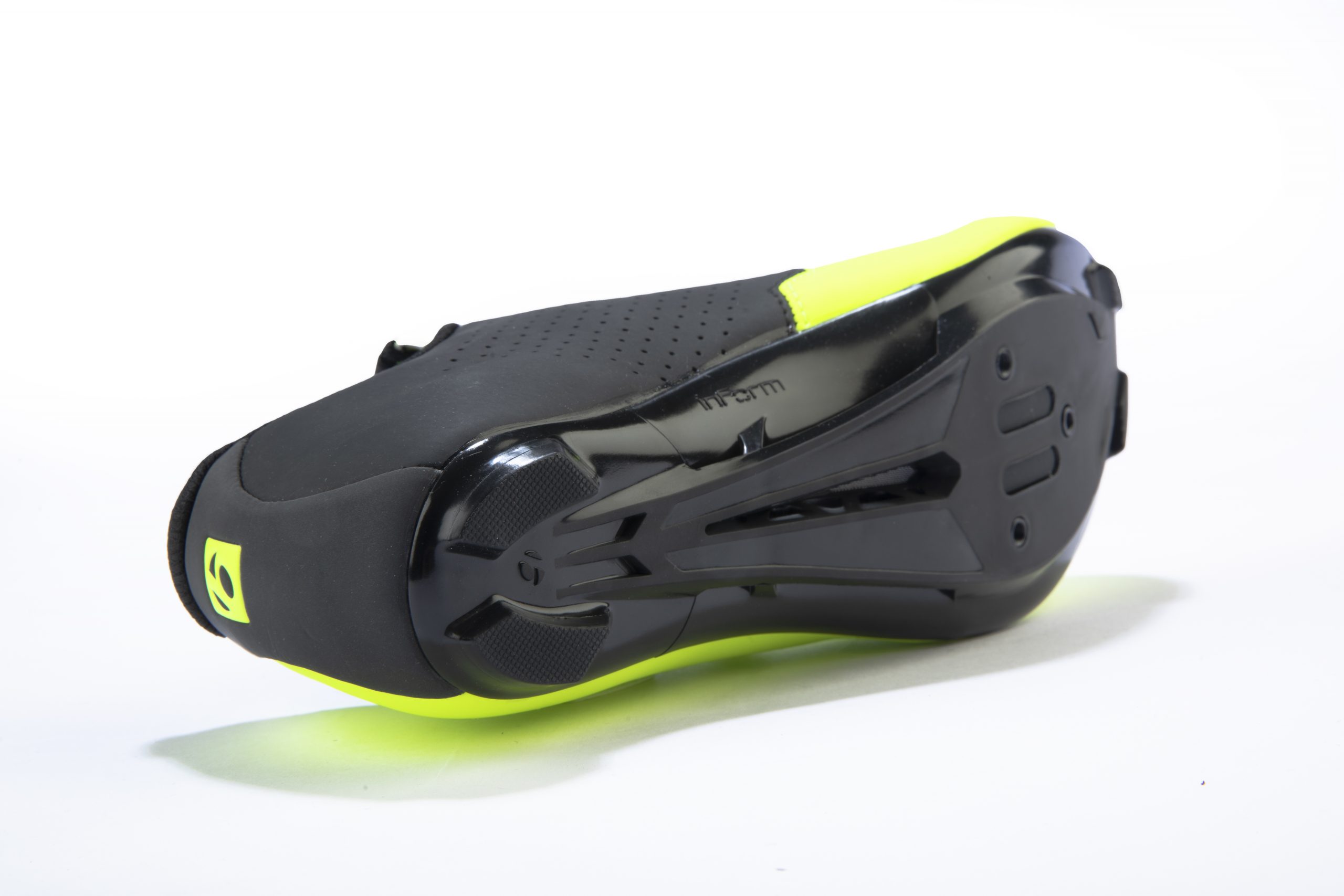
This pair came in at 239g, in a size 40, which is 10g lighter than the Giro Stylus shoes on test in the same size.
Technically, this is listed as a men's shoe, sizes start at 39 and continue to 48. A good percentage of women would need a size smaller than a 39, but Bontrager offers the Vostra for women in sizes 36-43, with identical spec.
Bontrager Starvos cycling shoes: the ride
Wriggling my feet into these shoes, the fact that they come up wider than most performance shoes was immediately noticeable. I had to crank the Velcro down to achieve the desired fit, leaving some of it hanging off the edge of the shoe. This wasn't ideal, and if you like a firm hold, these might not be the shoes for you - the Specialized Torch 1.0 shoes offered a much more conforming fit.
Bontrager says that its shoppers prefer a little more give at this price point and that the decision is intentional. For me the overhang put a real downer on the experience - both aesthetically and in terms of comfort - so I would recommend trying before you buy to avoid disappointment.
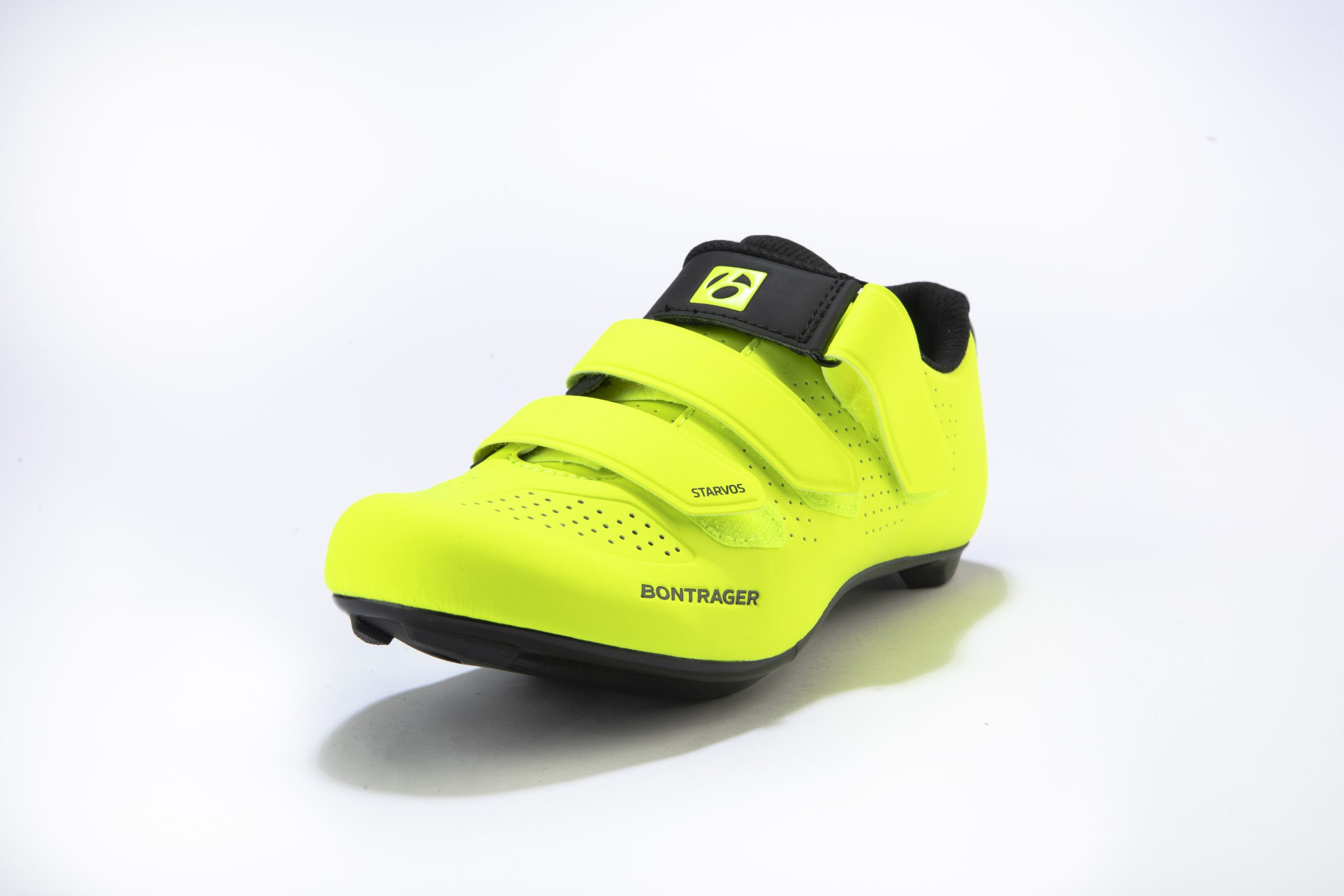
The heel cup is padded and provided a comfortable but firm hold.
Being predominantly Nylon, the sole did offer a little more compliance than a carbon version. However, it didn't noticeably flex under load, for example when climbing or sprinting out the saddle. This places it at the stiffer end within this category when compared with the competition.
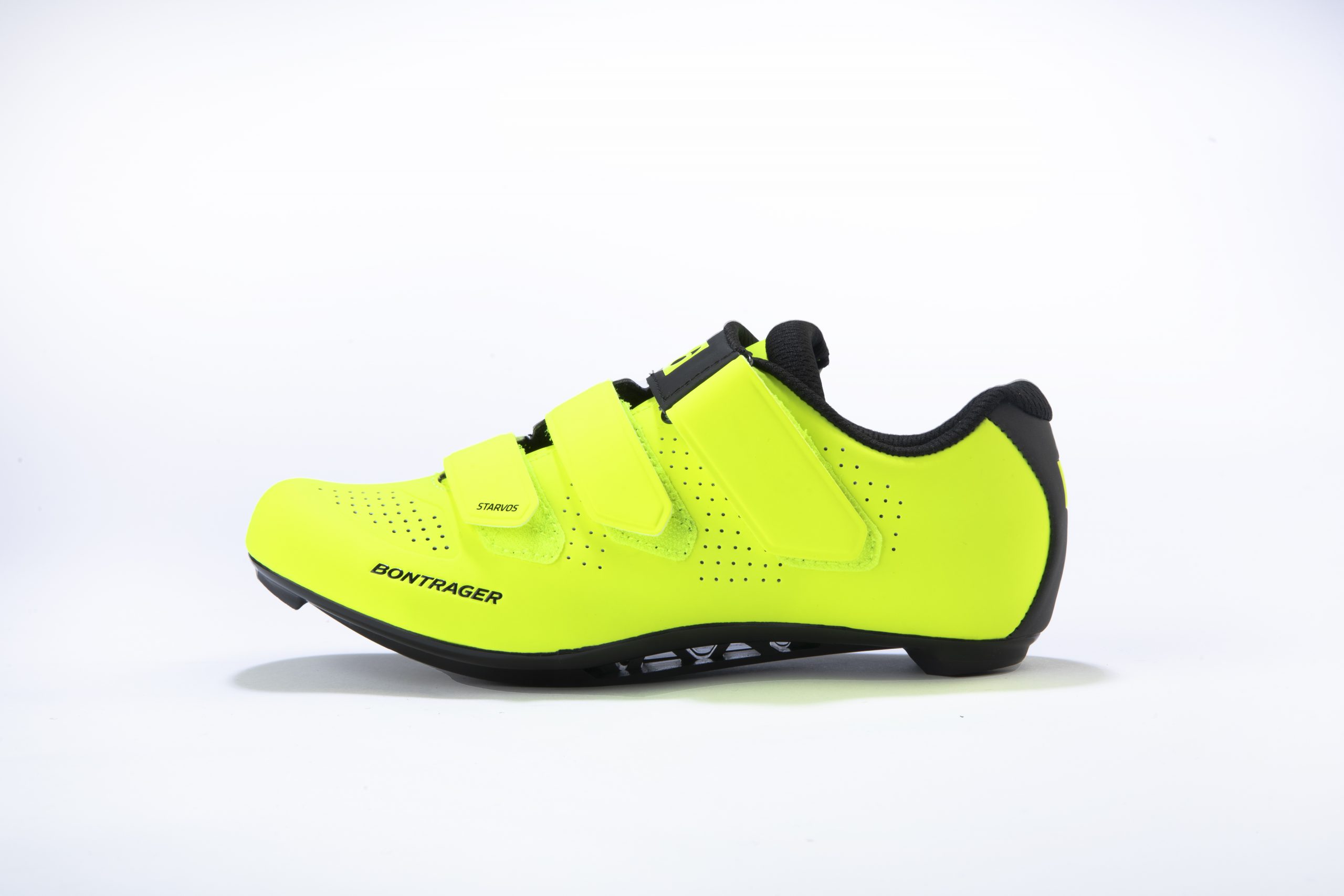
Whilst I've not had the opportunity to test these under the warm rays of summer sunshine, the perforations are plentiful - and these can be covered up with overshoes in winter, so heat regulation seems good.
Bontrager Starvos cycling shoes: value
At £99.99, with a weight of 239 grams and a Nylon composite sole, these shoes sit well alongside the competition. However, the RC3 shoes from Shimano are able to offer a Boa dial at the same price, whilst dhb provides a carbon sole at £100 - so there are better value options available.

Thank you for reading 20 articles this month* Join now for unlimited access
Enjoy your first month for just £1 / $1 / €1
*Read 5 free articles per month without a subscription

Join now for unlimited access
Try first month for just £1 / $1 / €1
Get The Leadout Newsletter
The latest race content, interviews, features, reviews and expert buying guides, direct to your inbox!
Michelle Arthurs-Brennan the Editor of Cycling Weekly website. An NCTJ qualified traditional journalist by trade, Michelle began her career working for local newspapers. She's worked within the cycling industry since 2012, and joined the Cycling Weekly team in 2017, having previously been Editor at Total Women's Cycling. Prior to welcoming her first daughter in 2022, Michelle raced on the road, track, and in time trials, and still rides as much as she can - albeit a fair proportion indoors, for now.
Michelle is on maternity leave from April 2025 until spring 2026.
-
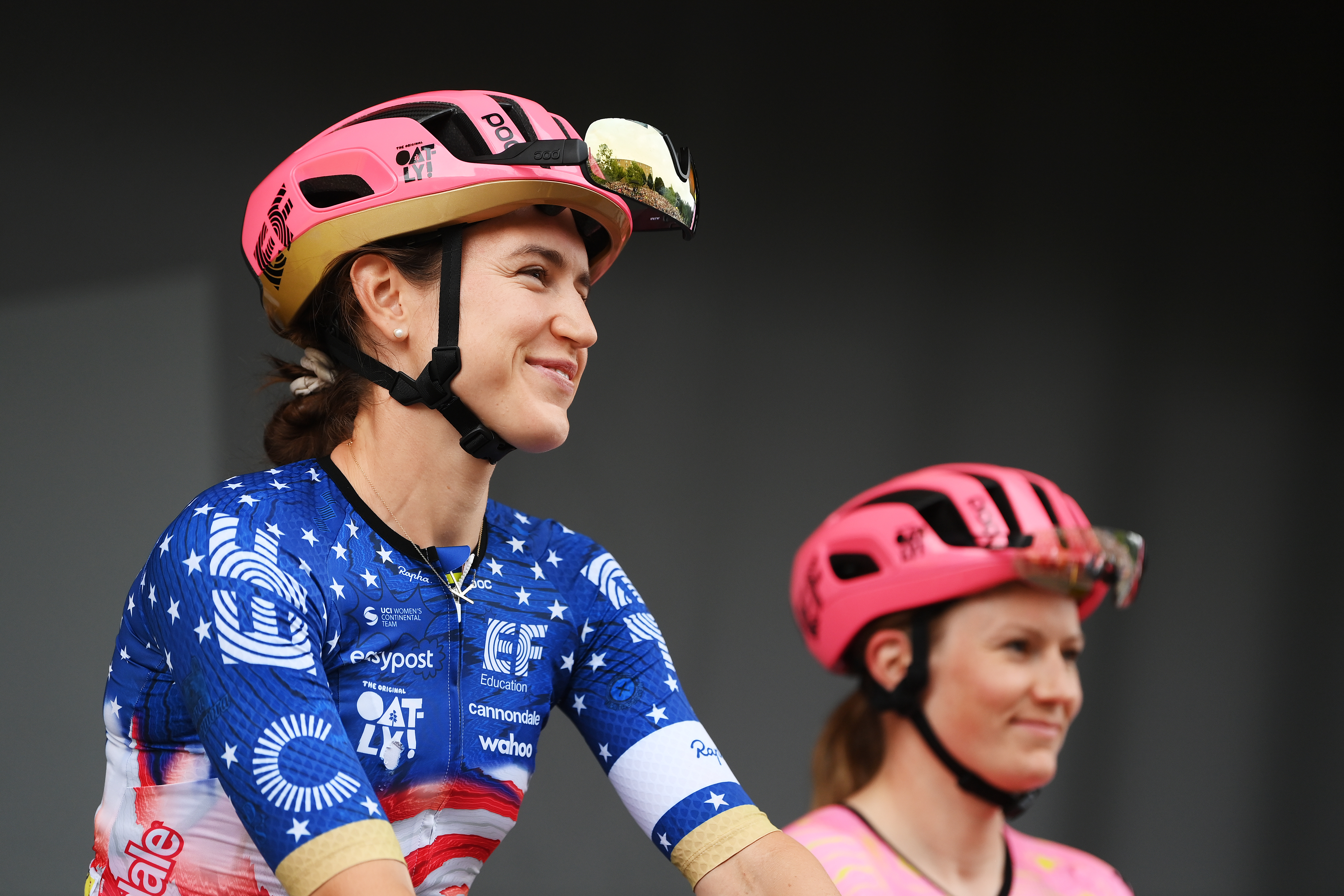 'I've worked a lot on my sprint' - Kristen Faulkner plots unpredictability on racing return
'I've worked a lot on my sprint' - Kristen Faulkner plots unpredictability on racing returnOlympic champion looking forward to "exciting challenge" of continuing to outfox bunch
By Tom Davidson Published
-
 'This is a fresh start' - Belgian rider returns to professional cycling after two year anti-doping ban
'This is a fresh start' - Belgian rider returns to professional cycling after two year anti-doping banShari Bossuyt to ride for AG Insurance-Soudal from June
By Adam Becket Published
-
 'This is the marriage venue, no?': how one rider ran the whole gamut of hallucinations in a single race
'This is the marriage venue, no?': how one rider ran the whole gamut of hallucinations in a single raceKabir Rachure's first RAAM was a crazy experience in more ways than one, he tells Cycling Weekly's Going Long podcast
By James Shrubsall Published